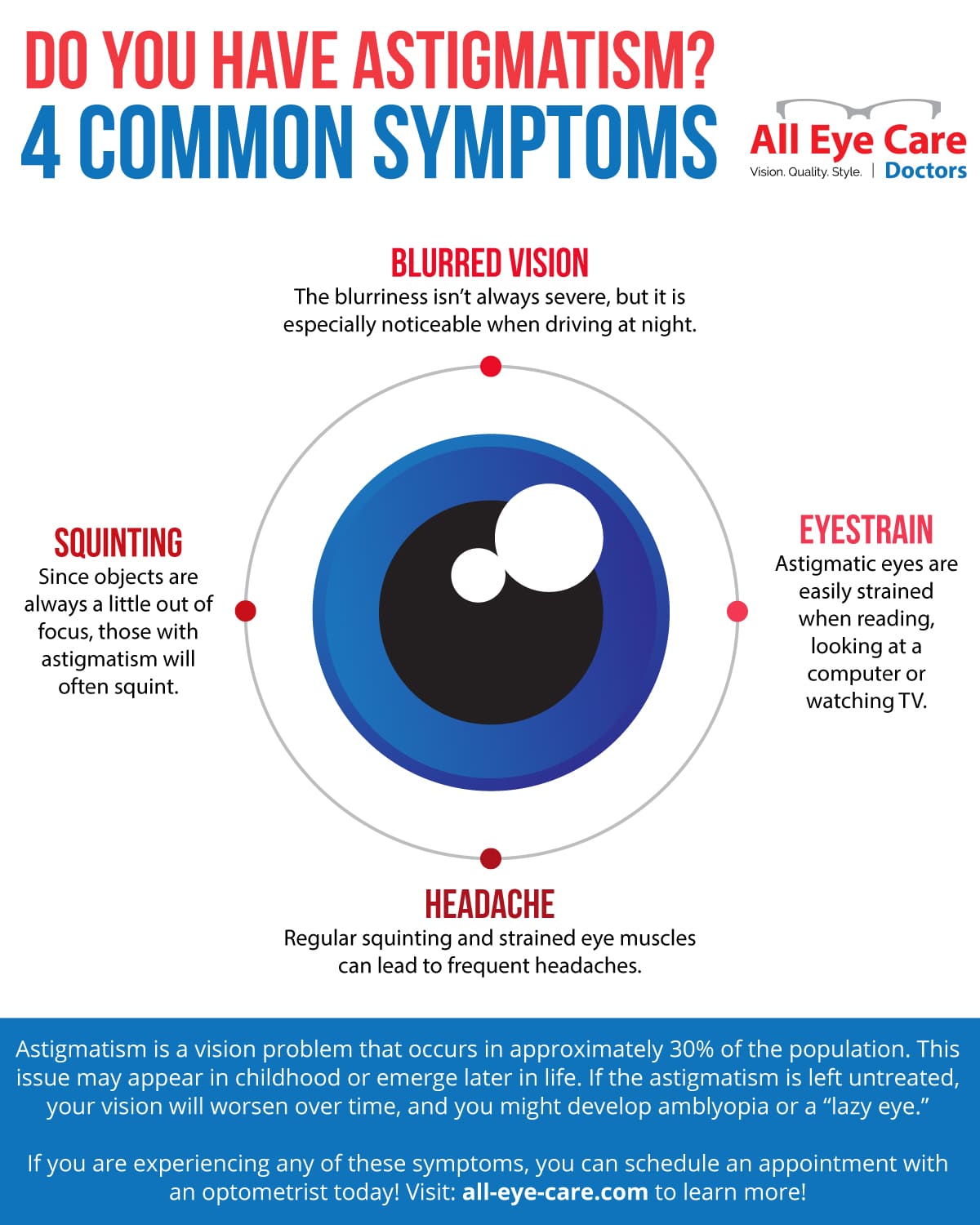How Does SMILE Eye Surgery Contrast To LASIK And PRK?
How Does SMILE Eye Surgery Contrast To LASIK And PRK?
Blog Article
Composed By-Humphries Michelsen
If you've been considering SMILE eye surgical treatment, you may ask yourself just how it stacks up against LASIK and PRK. Each treatment has its very own set of advantages and considerations. From quicker healing times to potential threats, there are vital distinctions you ought to know before making a decision. Comprehending these differences will assist you make an enlightened selection that lines up with your certain needs and assumptions. Curious to recognize even more about how these treatments compare in detail? Keep checking out to get a detailed understanding of SMILE, LASIK, and PRK.
SMILE Eye Surgical Procedure Review
If you're considering SMILE eye surgical treatment, you'll find it to be a minimally intrusive treatment with a quick healing time. Throughout SMILE (Tiny Laceration Lenticule Removal), a laser is utilized to produce a tiny, exact laceration in the cornea to eliminate a tiny item of cells, improving it to correct your vision. This varies from LASIK, where a flap is created, and PRK, where the external layer of the cornea is totally removed.
One of the vital benefits of SMILE is its minimally intrusive nature, resulting in a faster recovery procedure and much less pain post-surgery. The healing time for SMILE is relatively quick, with many individuals experiencing boosted vision within a day or more. This makes it a preferred selection for those seeking a practical and reliable vision improvement treatment. Additionally, SMILE has actually been shown to have a lower threat of completely dry eye syndrome compared to LASIK, making it a positive choice for individuals concerned concerning this possible negative effects.
Differences Between SMILE, LASIK, and PRK
When contrasting SMILE, LASIK, and PRK eye surgical treatments, it's important to understand the distinct techniques used in each treatment for vision improvement.
SMILE (Tiny Incision Lenticule Removal) is a minimally invasive procedure that involves creating a small cut to extract a lenticule from the cornea, improving it to fix vision.
https://pros-and-cons-of-monovisi50594.bleepblogs.com/27045954/please-your-inquisitiveness-concerning-all-natural-remedies-for-dry-eyes-do-they-really-function-or-are-they-just-a-misconception (Laser-Assisted In Situ Keratomileusis) includes creating a slim flap on the cornea, utilizing a laser to reshape the underlying cells, and afterwards rearranging the flap.
PRK (Photorefractive Keratectomy) gets rid of the external layer of the cornea prior to reshaping the tissue with a laser.
LASIK Pain lies in the method the cornea is accessed and treated. SMILE is flapless, making it a good choice for individuals with thin corneas or those involved in call sports. LASIK uses quick visual recovery as a result of the flap creation, however it may position a greater danger of flap-related problems. PRK, although having a much longer healing period, stays clear of flap-related issues completely.
Recognizing these variances is essential in picking one of the most appropriate procedure for your vision modification requirements.
Advantages And Disadvantages Contrast
To examine the advantages and downsides of SMILE, LASIK, and PRK eye surgical treatments, it's important to think about the specific benefits and prospective restrictions of each treatment. SMILE surgical treatment provides the advantage of a minimally invasive procedure, with a smaller sized laceration and potentially quicker healing time contrasted to LASIK and PRK. It additionally minimizes the risk of dry eye post-surgery, a common adverse effects of LASIK. Nonetheless, check this site out may have restrictions in treating higher degrees of nearsightedness or astigmatism contrasted to LASIK.
LASIK surgery provides rapid visual recuperation and marginal pain during the treatment. It's highly efficient in treating a vast array of refractive errors, including nearsightedness, hyperopia, and astigmatism. Yet, LASIK brings a danger of flap complications, which can impact the corneal framework.
PRK eye surgical treatment, while not as popular as LASIK, stays clear of creating a corneal flap, reducing the risk of flap-related issues. It's suitable for patients with slim corneas or irregular corneal surfaces. Nevertheless, PRK has a longer healing time and might involve a lot more discomfort throughout the healing procedure.
Verdict
So, when it involves selecting between SMILE, LASIK, and PRK, think of it like picking the best pair of shoes. SMILE is like a streamlined, comfy pair of sneakers - fast and simple.
LASIK is more like stylish high heels - fancy and quick, yet with some prospective threats.
PRK resembles strong treking boots - reliable and sturdy, yet requiring a little bit more time and effort.
Ultimately, the most effective option relies on your specific demands and choices.
